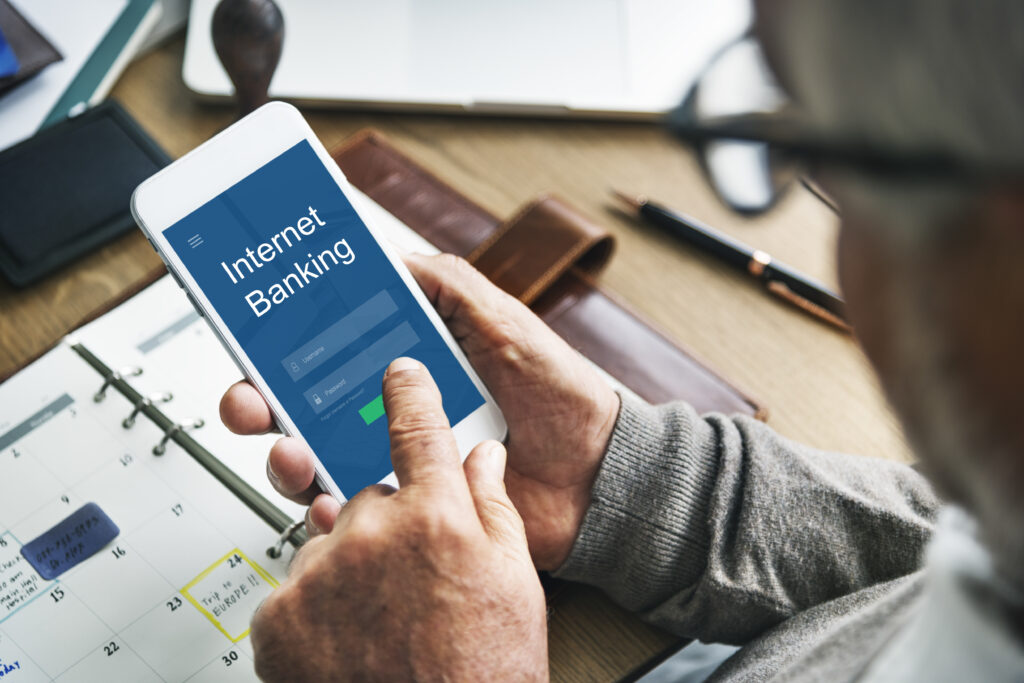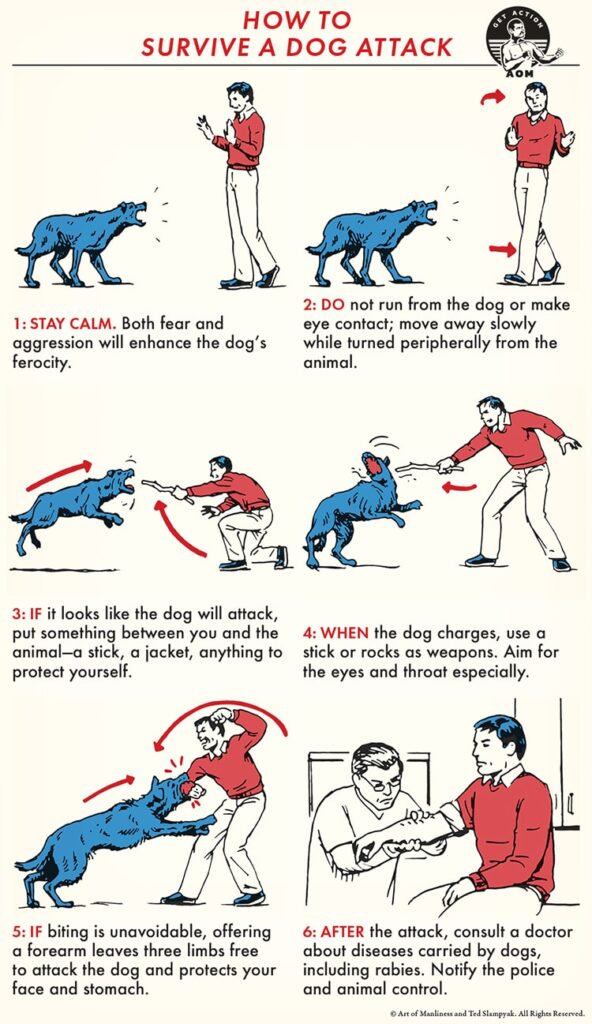From elite athletes to biohackers, more people are turning to cold therapy—or cryotherapy—as a way to speed recovery, reduce pain, and sharpen their mental edge. While plunging into icy water or stepping into a subzero chamber may sound extreme, the underlying science offers a compelling case for harnessing controlled cold exposure in your wellness routine.
How Cold Therapy Works: The Physiology of the Chill
When your body encounters a sudden drop in temperature, a cascade of physiological reactions unfolds:
- Vasoconstriction & Reduced Inflammation
Blood vessels constrict (narrow) to conserve heat, slowing blood flow to affected areas. This reduction in circulation helps tamp down the redness, swelling, and pain associated with inflammation—much like the ice packs you’d apply to a sprained ankle. - Endorphin & Neurotransmitter Release
The shock of cold prompts your nervous system to flood your bloodstream with endorphins and norepinephrine. Endorphins act as natural painkillers, while norepinephrine sharpens focus and elevates mood. - Brown Fat Activation & Metabolic Boost
Unlike white fat, brown adipose tissue burns calories to generate heat. Cold exposure stimulates brown fat, giving your metabolism a temporary lift—a small but welcome bonus for those managing weight. - Enhanced Immune Surveillance
Some studies have linked regular, moderate cold exposure to heightened immune cell activity, possibly making your body more resilient to everyday pathogens.
Key Benefits in Detail
1. Inflammation Relief
Whether you’re nursing a muscle strain or battling joint pain, ice has been a go-to remedy for generations. Whole-body cold therapy amplifies this effect, delivering systemic anti-inflammatory benefits that can accelerate healing.
2. Accelerated Muscle Recovery
After intense exercise, micro-tears in muscle fibers trigger soreness (DOMS). By reducing local tissue temperature, cold therapy limits fluid buildup in the muscles, so you bounce back faster and hit your next workout feeling fresher.
3. Natural Pain Management
For chronic conditions like arthritis or back pain, cold therapy offers a drug-free alternative. The combination of reduced inflammation and endorphin release can significantly relieve discomfort.
4. Mental Clarity & Mood Elevation
A quick dash under a cold shower or a few minutes in a cryotherapy chamber can banish brain fog. The adrenaline surge and norepinephrine spike make you feel invigorated—and even a brief cold exposure has been linked to reductions in anxiety and depressive symptoms.
5. Better Sleep Quality
By activating the body’s parasympathetic (“rest and digest”) response after the initial cold shock, many users report deeper, more restful sleep—crucial for overall health and recovery.
6. Skin & Collagen Benefits
Cold exposure tightens capillaries and stimulates collagen production, leading to firmer, more radiant skin. That post-chill glow isn’t just anecdotal—it’s your microcirculation working overtime.
Popular Cold Therapy Methods
- Ice Baths
Submerge up to your neck in 10–15°C (50–59°F) water for 5–10 minutes. Ideal for post-workout recovery, these baths can be set up at home with a standard tub, bags of ice, and a thermometer. - Whole-Body Cryotherapy Chambers
Step into a -110°C to -150°C chamber for 2–3 minutes. Advanced facilities use liquid nitrogen to create rapid, uniform cooling, triggering systemic benefits in a fraction of the time. - Contrast Therapy
Alternate hot and cold—such as switching between a warm shower and a cold plunge—for dynamic circulation boosts. This technique leverages vasoconstriction (cold) followed by vasodilation (heat) to flush metabolic waste from tissues. - Localized Cold Packs
For targeted relief—like a sore shoulder or swollen knee—cold packs or ice wraps applied directly to the skin for 10–15 minutes remain a simple, effective option. - Cold Showers
Perhaps the most accessible method: finish your daily shower with 30–60 seconds of cold water. Over time, you’ll build tolerance—and enjoy the same endorphin surge attributed to more intensive protocols.
Safety & Best Practices
- Start Gradually: Begin with 30-second exposures at milder temperatures before working up to longer or colder sessions.
- Know Your Limits: People with cardiovascular conditions, Raynaud’s disease, or cold sensitivities should consult a physician first.
- Stay Hydrated: Cold can mask dehydration—drink water before and after your session.
- Warm Up Responsibly: After extreme cold, rewarm slowly with dry clothes and moderate activity; avoid abrupt hot showers that can stress the cardiovascular system.
Final Thoughts
Cold therapy isn’t a panacea, but its blend of physiological and psychological benefits makes it a powerful adjunct to any wellness toolkit. Whether you’re chasing PRs in the gym, managing chronic pain, or simply looking for a natural mood lift, dipping into the “chill route” can unlock new levels of resilience—both body and mind.
As interest grows, ongoing research will continue to clarify optimal protocols and long-term effects. In the meantime, a sensible, informed cold-exposure routine could be the invigorating edge your health regimen has been missing.
Ready to get started? Always begin conservatively, listen to your body, and consult a healthcare professional if you have any underlying conditions. Then embrace the cold—your future self will thank you!







